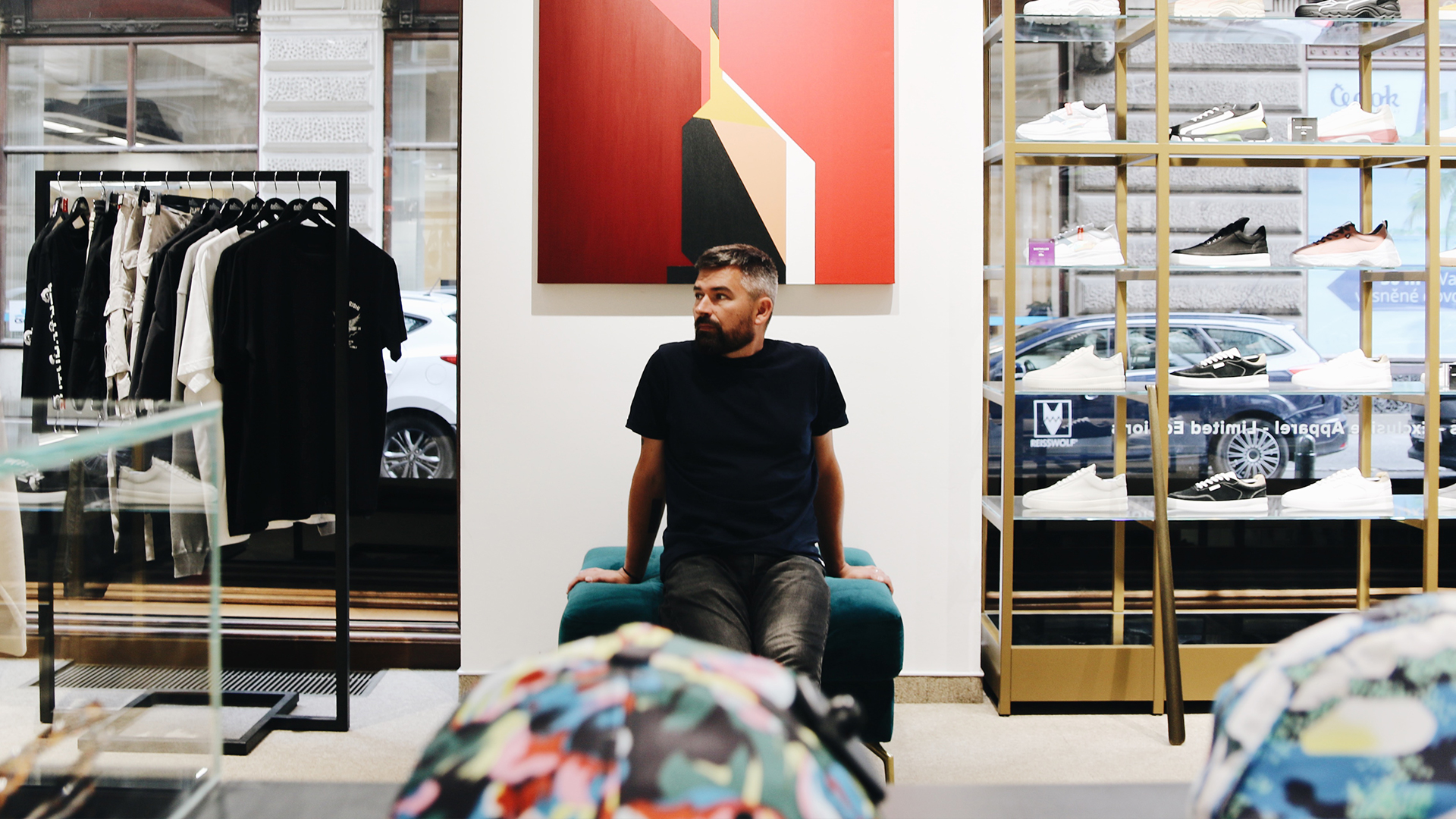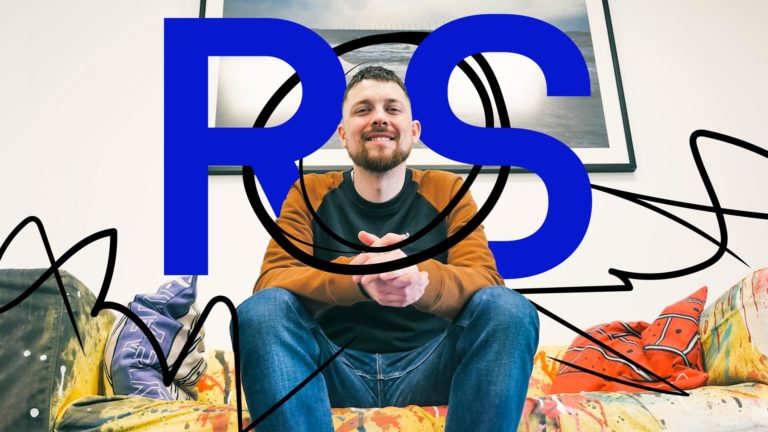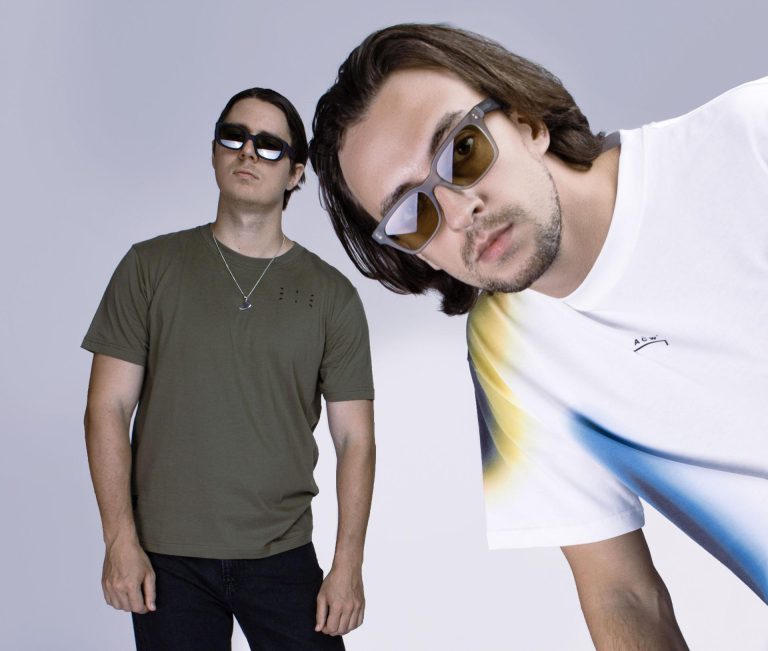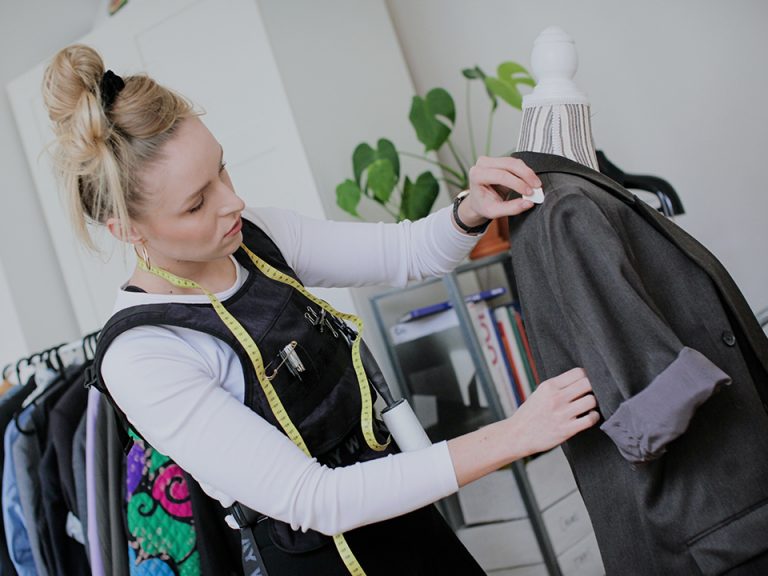Zeb One is one of the most essential member of the writer crew called Top Crew. His pieces of art are exposed in the streets of Prague but also in the galleries. He managed to convert his own specific style as a writer on the canvas while using brush. That has shifted his art to the completely new sphere. You can see his talent for typography in our Prague store “Na Příkopě” at this moment.
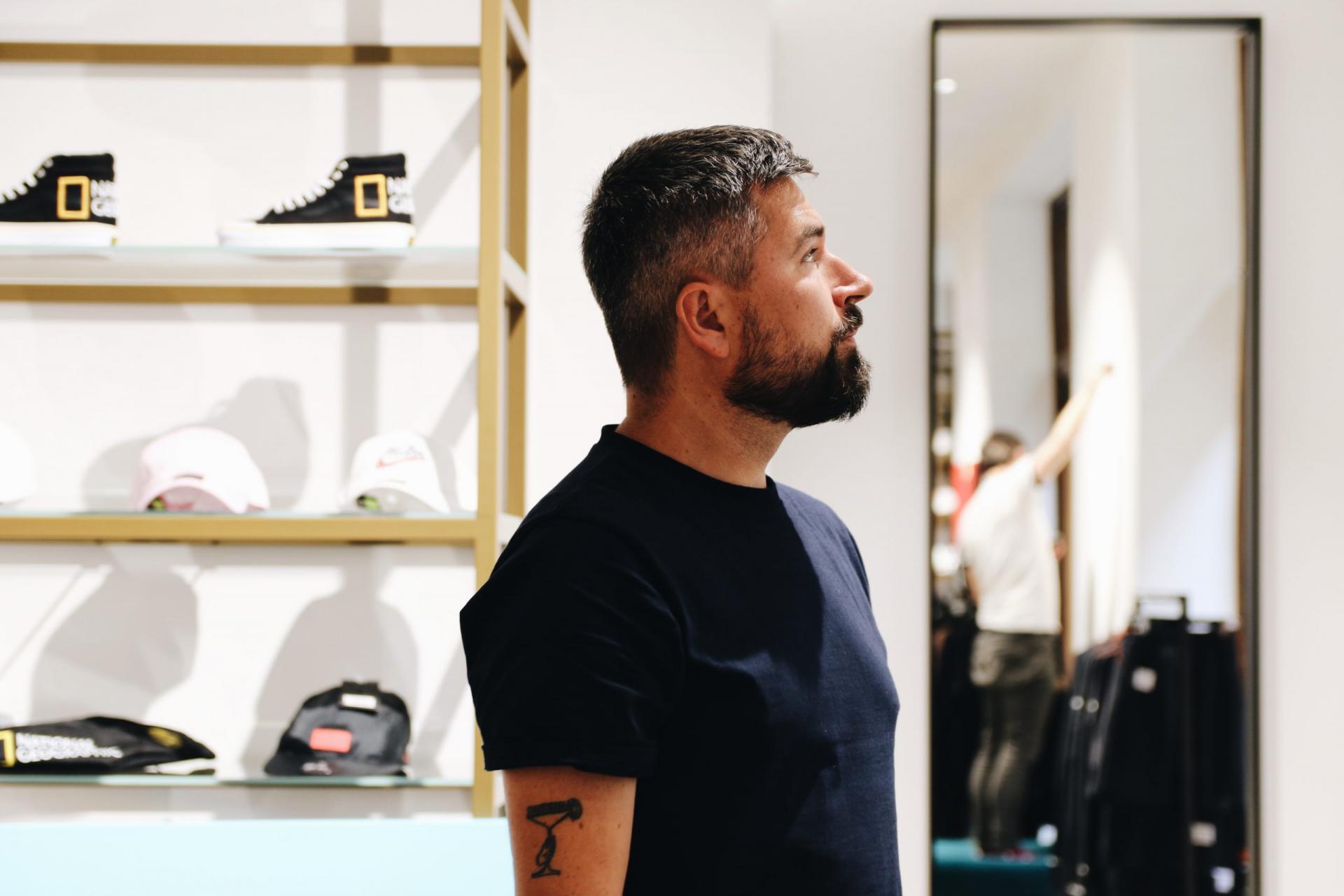
How come you started painting canvases?
Graffs seemed played-out to me and I was getting bored in the sense that I didn’t want to keep doing the same thing over and over again — filling in the letters every time with color, doing the outlines and so on. Also, I was getting really fed up with how much energy it cost me to be up till 3 a.m..
Did canvases change your motives?
For about a year, I thought about what I’d actually like to paint on canvas; in the end I decided not to deviate and continue with letters. But from the outset I wanted the work to make a different impression than on a wall, because that would just look kind of ridiculous. The second change was the dimension, because a canvas is smaller than a wall. These two things forced me think a little differently.
On the one hand, the canvas and the brush changed the way I perceived the letter and on the other it shifted my perception of the letter on the wall. In addition, both can be interconnected.
After the first series of letters, which consisted of simple black characters on a white background, I realized that I didn’t have to be so concrete. I started placing the letters variously off the center, the focal point, of the painting – sometimes painting them almost on the edge of the frame. I eventually stopped using outlines completely. I used mostly few well-selected colors. It was also different (and initially difficult) from a technical point of view because I was only using a brush and acrylic paint. I had to learn to work with those things. A spray can never touches the surface that you’re painting on, whereas a brush does all the time.
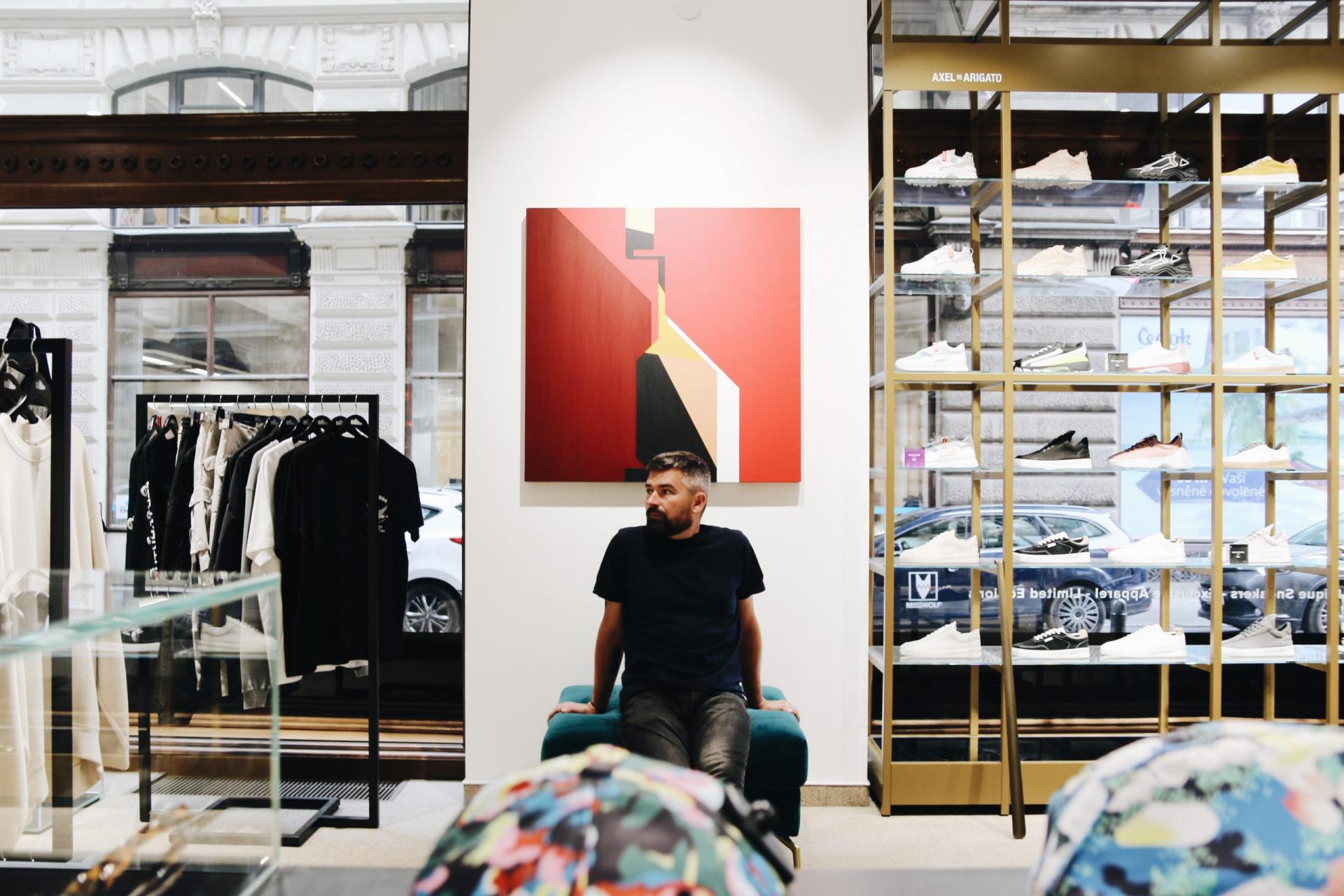
Does the physical touch with the brush affect the result?
For me it’s more a technical matter. I don’t attach any meaning to it. I like the fact that I can combine the two, using spray cans outside and a brush in my studio. I like seeing the empty surface I’m painting on disappearing as I cover it with paint — that’s the same in both cases. Painting with cans is faster, but then again that just takes us back to another parameter.
Both of them are also different in terms of the speed of execution. With acrylic brush paint I apply every color tone at least in three layers, probably more. That was also new to me.
It sounds like your brush painting is like painting with sprays used to be. The layering of bad paint gave graffiti pieces a nerve that I miss today. Do you see the layering with brush as an advantage or something you try to get rid of?
I see painting more than one layer with a brush as a necessity in trying to achieve a result that I consider optimal. Sometimes I use four layers, sometimes even six. It’s only up to my conscience which determines when I decide to stop and call it finished. If it could be done with one layer, the entire surface was continuous and you couldn’t see a single brush stroke mark anywhere, I wouldn’t be at all unhappy. It would be easier time wise.
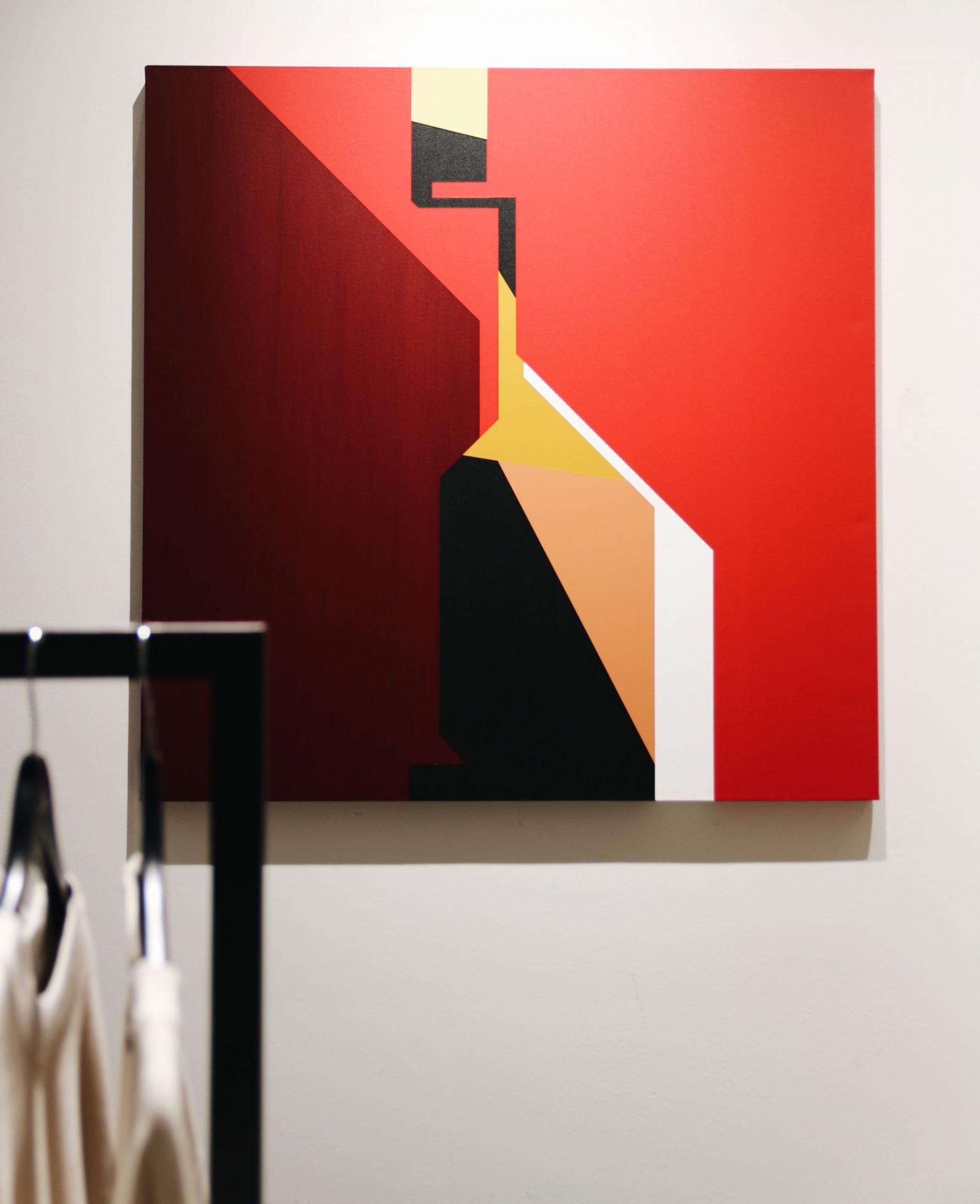
Graffiti on a wall is a lot about both style and energy. On canvas, style is very often present, but is energy still important here? And if yes, how do you visualize it on canvas?
It’s not something I put a lot of effort into. I don’t think you can incorporate energy in a composition in any way, or to implant it in a specific work. It seems to me that if a work turns out well, then the energy can be there, or on the other hand it might not be there at all. But you can feel that from the work, even though we’re not talking about an actual, concrete parameter, such as size, for example. That applies to canvas and walls in the same way.
How does the smaller area of the canvas affect the work?
I started with really small dimensions (40 × 40 cm) and progressively I tried doing larger works. The largest canvas I painted was 200 × 200 cm and that’s my maximum from a technical point of view, because I only paint in a horizontal position. I could probably manage 230 × 230 cm, but I’d really have to adjust the composition to make it fit the dimensions in order to be able to reach everywhere, and I don’t feel like doing that. I have to do more thinking about the larger formats.
Does your canvas work echo back on your wall paintings?
If you’re asking about large wall formats like murals, then I approach them in a similar way as canvases. The large walls have a specific format, you can reduce the complexity of the composition as well as the color diversity. It’s very similar to working on canvas.
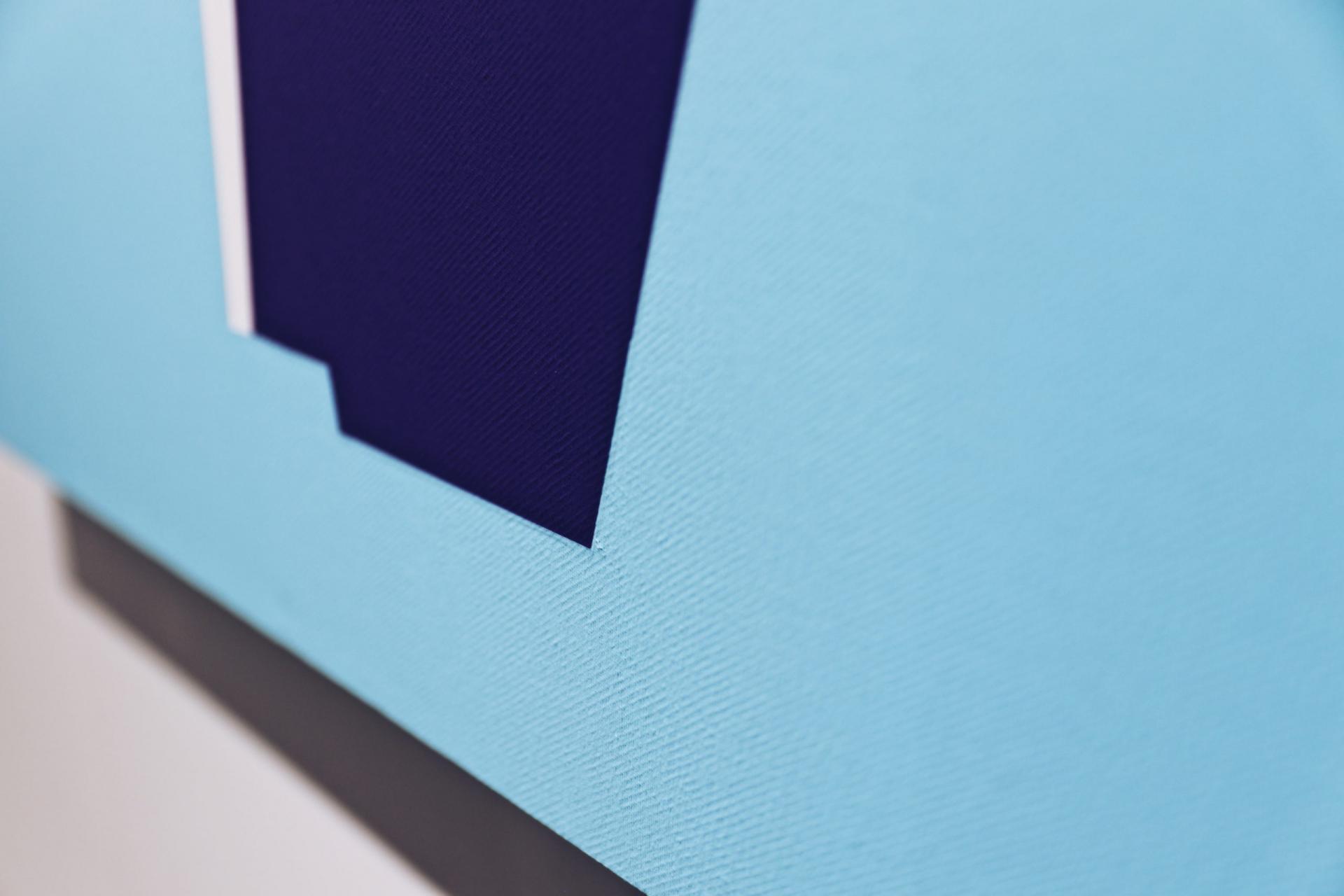
Have you tried to go back to the wall and paint large with a brush?
I’ve never tried it in terms of filling in letters or doing outlines with a brush. I’ve used it a few times for painting the background of an entire wall, of course, but only as an additional instrument if the wall was complicated (an irregular surface with projections, corners and that sort of thing). Otherwise, when doing walls, if I’m not using spray paint, I paint with various sizes of roller.
To me it seems you work with a frame in the form of a canvas, but that you physically try to paint outside of that frame, by letting the letters disappear out from the frame. Are there other frames you try to break?
Nothing else comes to mind, really. In fact, not even the way I force letters outside of the painting is something definite. It’s just something I’m trying at the moment, and we’ll see what comes next.
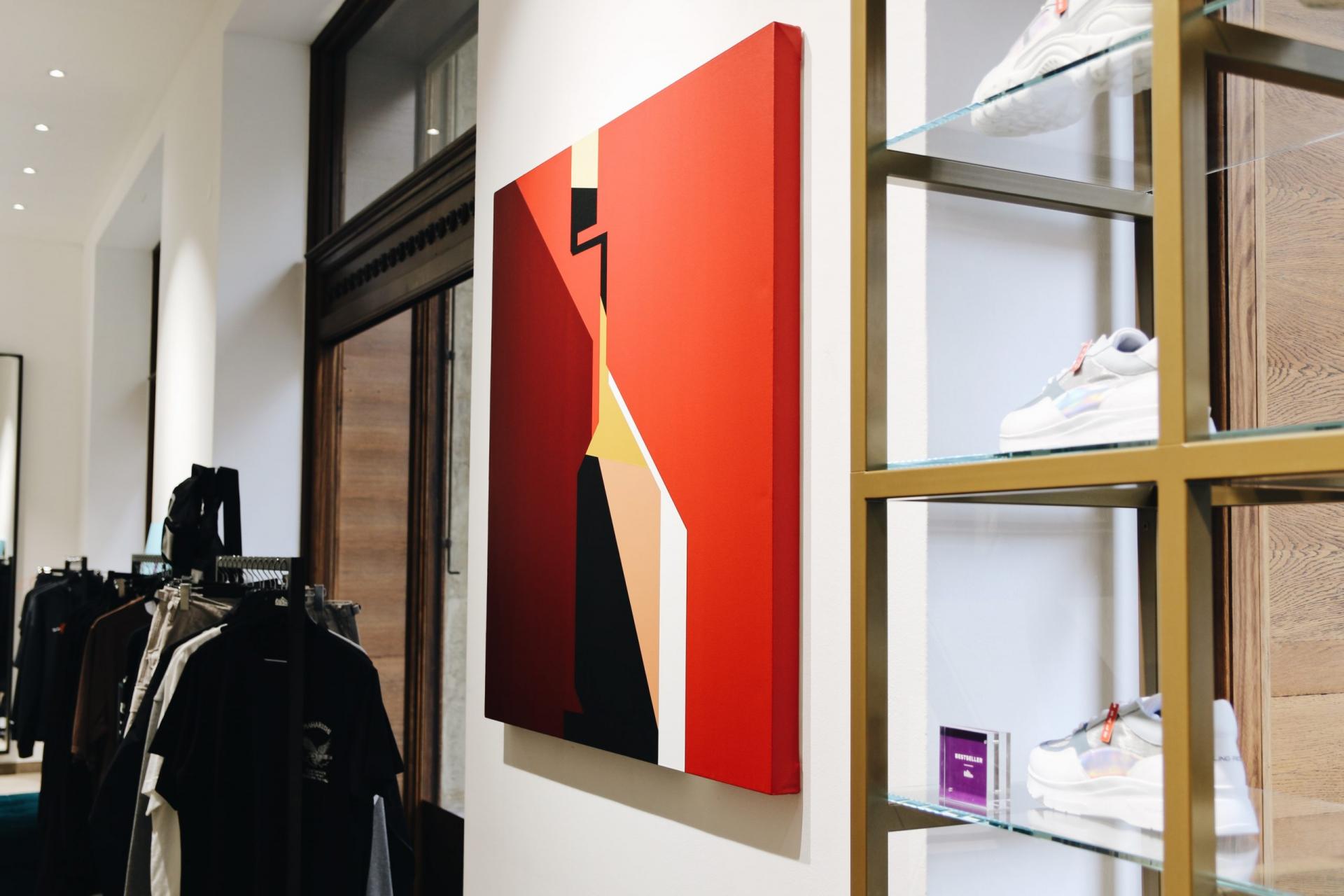
Which sources of inspiration are important for you and your work?
I guess I don’t have one specific name or direction that I could mention. Most of all I try to follow what’s going on around me. Sometimes I’m captivated by a geometrical crack in the pavement, the color of corals in the sea, the signage system for aircraft at an airport, an interesting shadow, various structures of anything whatsoever. There are lots of things. I have to mention graf, of course, as well as architecture, graphic design, typography. In fact I find even technical drawings highly inspirational. What I don’t like is any kind of art that isn’t specific, because I don’t enjoy having to stand somewhere for an hour, thinking about who meant what and how while reading an A4 page of philosophical text.
Where do you see yourself and your art in ten years?
I’d like it not to be at the same point where it is now. That would mean that nothing had moved on. If it will be in the wrong direction, what can you do, at least it will mean we’re still somehow trying to do something (anything). If I will be moving in the right direction, it will be positive.
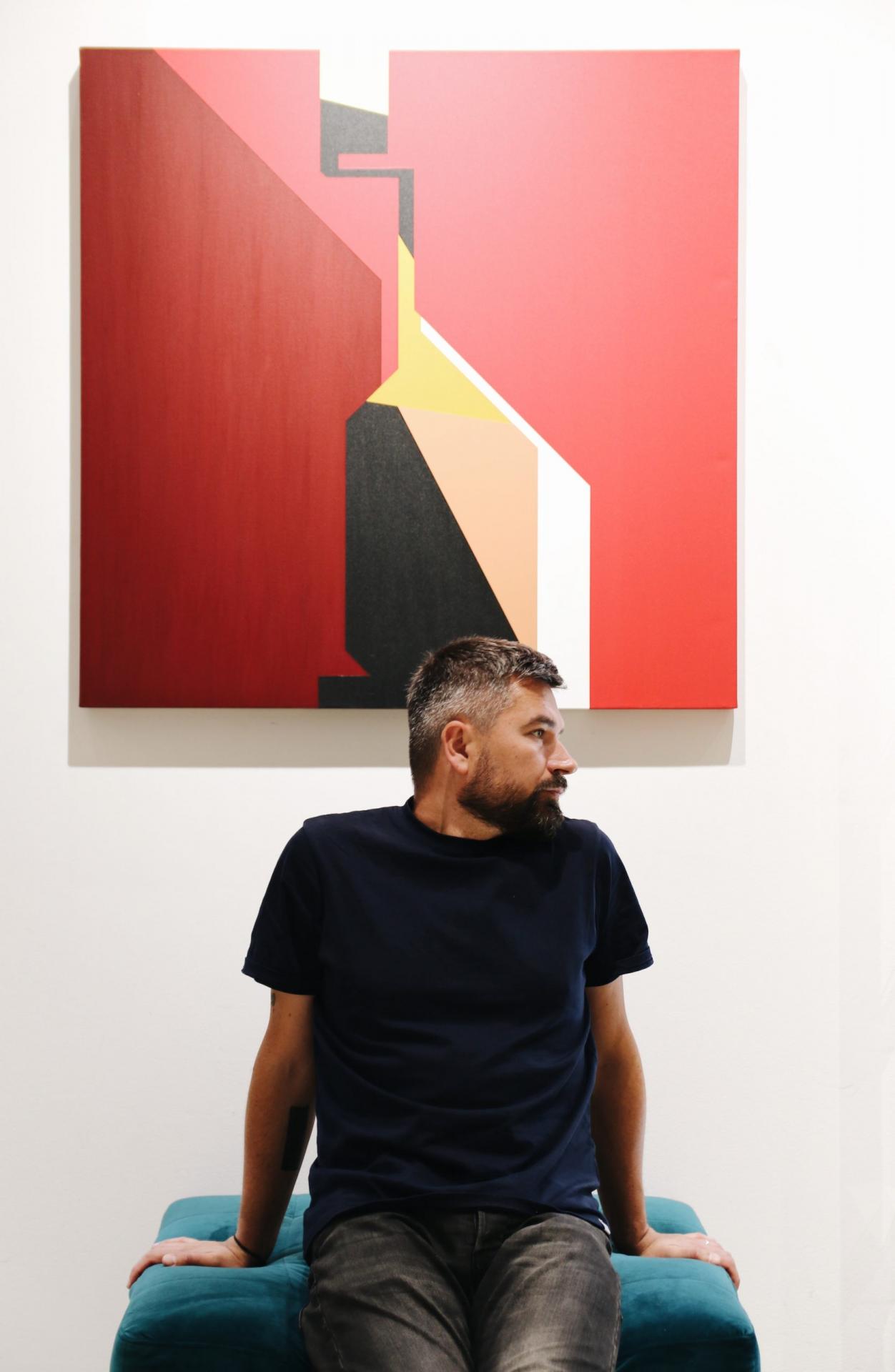
Tobias Barenthin Lindblad has been the one doing the interview with Zeb One in 2019 thanks to occasion of exposition GEOMETRIC at Trafo Gallery.The Project Footshop Art Space at our Prague shop Na Příkopě 20 was held in cooperation with The Chemistry Gallery.
- KishKash: I want to set up a museum dedicated to contemporary culture - 23. 3. 2022
- Shlømo: Nowadays, youth wants to feel the 90’s freedom rave vibe - 4. 1. 2022
- FTSHP Fit w/ Blanka & Mika - 16. 12. 2021
